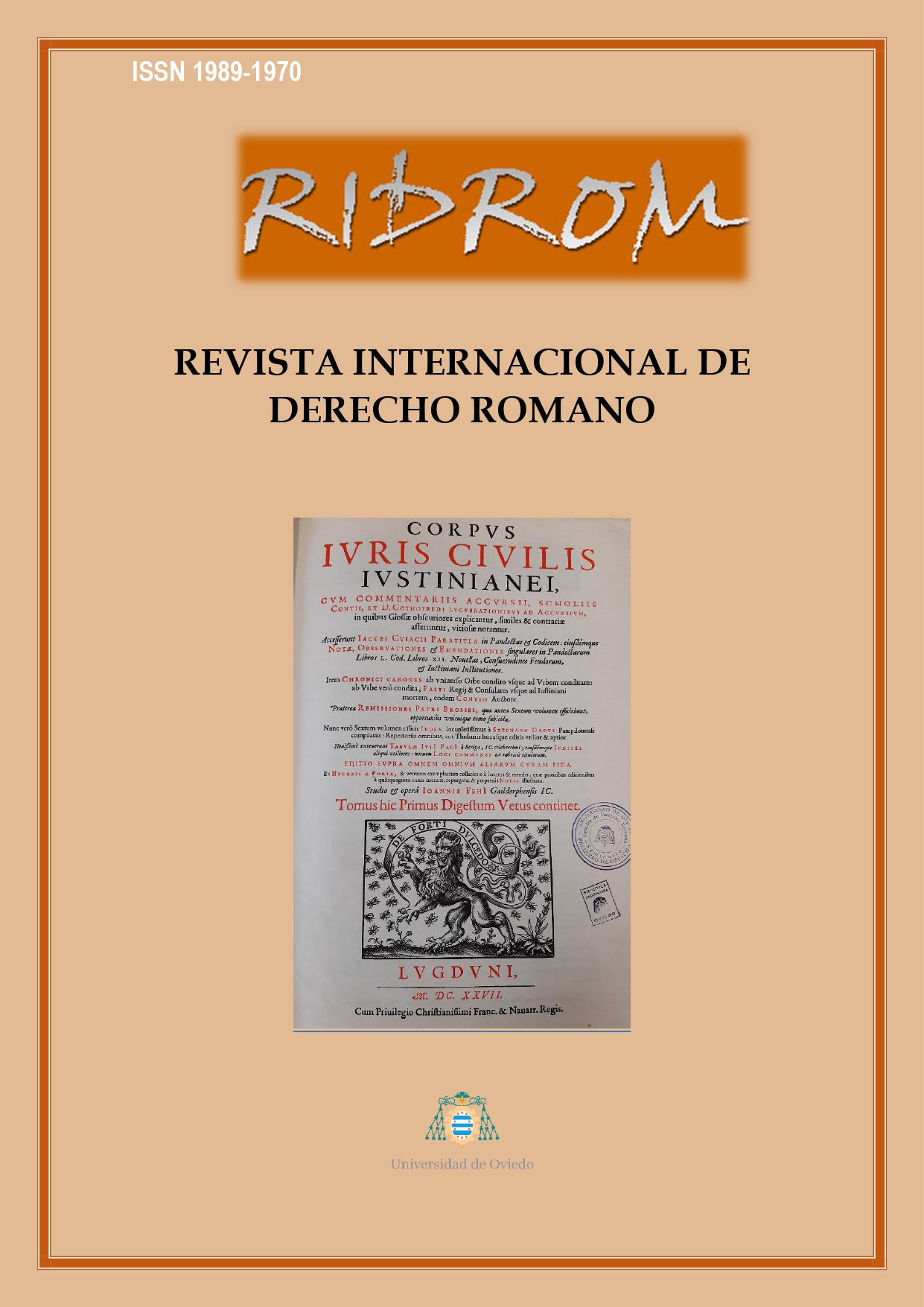Abstract
Two separate texts of Gaius (Inst. 1, 5) and Ulpian (Dig. 1, 5, 1, pr. y 1), to which would have to add a text from Pomponio (Dig. 1, 2, 2, 12), consider the imperial rescripts as a source of law and, therefore, with force of law. The doctrine romanística (not unanimously), however, does not share the view of classical jurisprudence and criticizes that is attributed the force of law to the imperial constitutions. Although in principle the rescripts had direct normative effect only on the concrete case it had emanated outside the rescripts that case had the effectiveness of a precedent: "unprecedented decision criteria," according VACCA; "exempla", according NÖRR; "cases -guide", according GARCIA GARRIDO; ... In this present paper we propose to collect both positions, exposing and reviewing each of the views on it to finally from the perspective of the classical jurists, analyze the process of how the rescripts acquire regulatory effect through an indirect process of reception and generalization, becoming part of juridical order to become mandatory standard; and as, sometimes, the method used by the jurists is a direct generalization of the rule contained in the rescript, so that a imperial decision enunciated for a specific case is transformed into abstract rule of general application..Downloads
Download data is not yet available.

